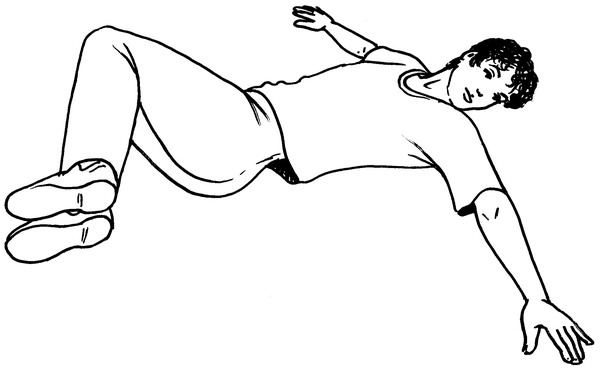| << Chapter < Page | Chapter >> Page > |
Gumboot dancing was created in the gold mines during the days of South Africa’s apartheid era. Wearing gumboots in the mines, the workers developed an exuberant and very physical dance form during their breaks, with hints of German country dances, native Zulu movements and western influences
The miners were forbidden to speak in the mines and as a result created a means of communication, essentially their own unique form of Morse code. By slapping their gumboots and rattling their ankle chains the workers sent messages to each other.
The music :
The costume :
The posture :
The introductory step :

The sweeping step :

The side-slap of the boot :

These steps are the foundation dance steps .
The attention sequence
Transcription of the attention sequence:
Repeat sequence.
Choose music with a slow tempo (between 84bpm and 125bpm). Ballads work very well.






| Learning Outcomes(LOs) |
| LO 1 |
| CREATING, INTERPRETING AND PRESENTING The learner will be able to create, interpret and present work in each of the art forms. |
| Assessment Standards(ASs) |
| We know this when the learner: |
| DANCE |
| 1.1 in preparing the body, demonstrates increasing skill and understanding of warming up, including: |
|
|
| 1.2 improvises and creates dance sequences that use: |
|
|
|
|
| 1.3 learns, interprets and performs dances from South African culture with competence and appropriate style; |

Notification Switch
Would you like to follow the 'Arts and culture grade 6' conversation and receive update notifications?